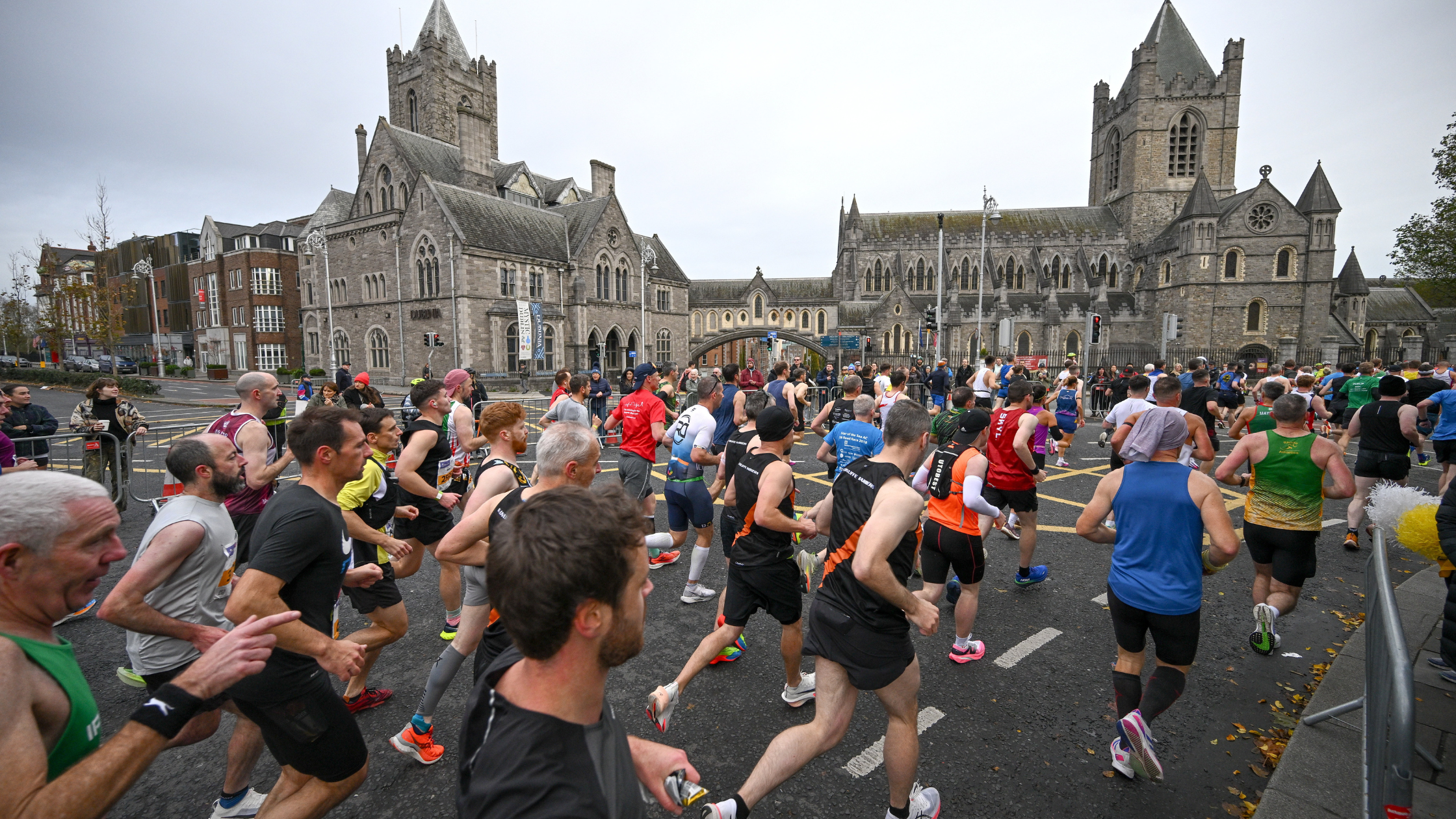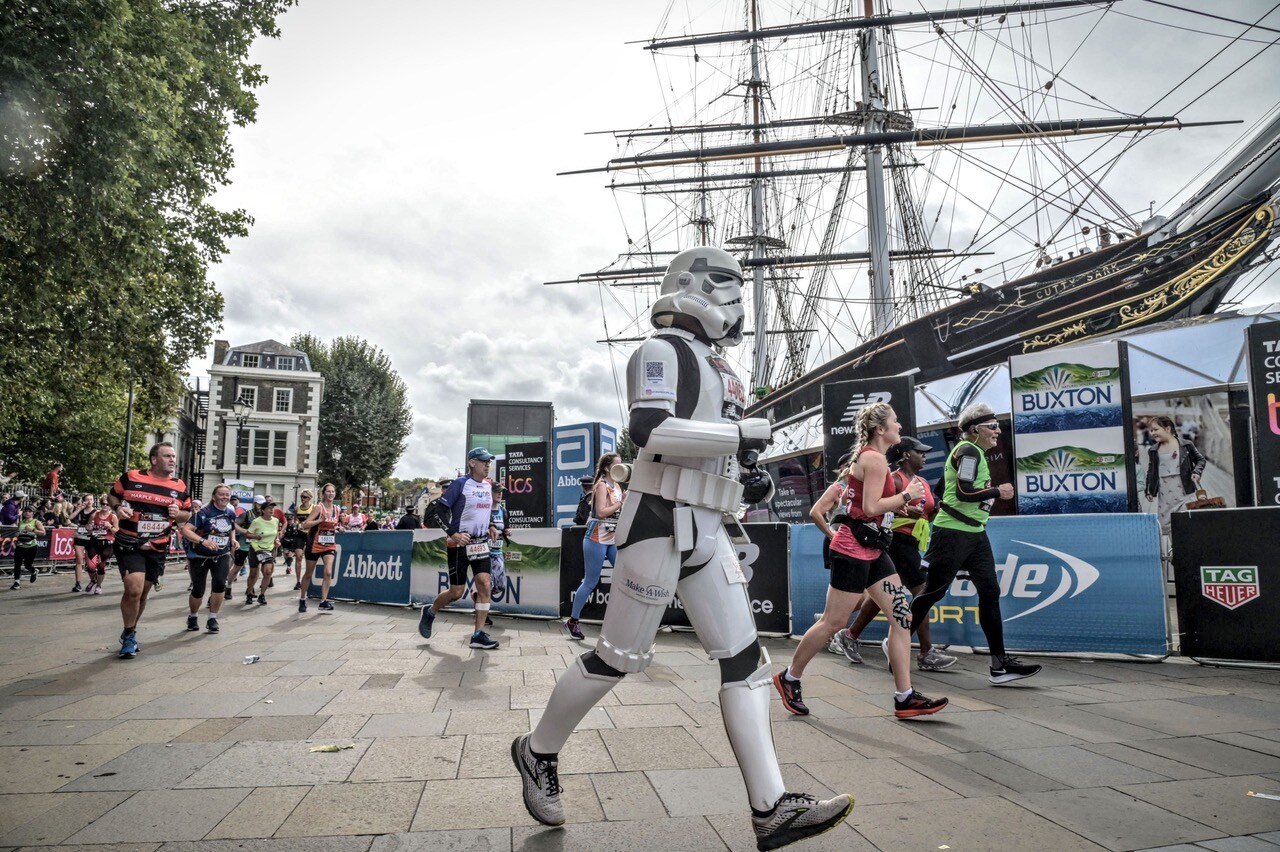There’s more to marathon preparation than just the running itself. Learn five different tips that will help get you marathon-ready.
Here are five training tricks that will help you get to the start line ready to tackle the marathon.
1. Make your long runs count
The long run is undoubtedly the most important type of training session for any marathon runner. Running long teaches your body to become more efficient at burning fat for fuel. This is crucial as it enables you to spare glycogen so that you are less likely to ‘hit the wall’ during the second half of the race. In addition to the physiological benefits, there are some psychological benefits to long runs too.
Spending time on your feet can be a great confidence booster so you know that on race day you can go the distance. Now, (5-6 weeks from your target marathon) is the time that the distance of your long runs should be coming to a peak, so try to get the most out of them. This means making sure that you have fuelled well beforehand and you are not starting the run too fatigued.
2. Practice holding yourself back
It goes without saying, whether you’re an elite athlete or a first-timer, that the marathon is a long way! The trouble is that it’s all too easy to get carried away on race day; your legs feel fresh from tapering and with some extra adrenaline you can feel invincible, well for the first few kilometres! An over-zealous start nearly always results in a slow and painful finish, and you can kiss goodbye to the opportunity of running a personal best. The smartest runners are those who spread their effort over the duration of the race and pace judgement is therefore something that you should practice in training.
Try to include some training runs where you feel as if you are holding yourself back for the first half of the run. You can then gradually increase your pace and therefore effort as the run progresses. This simulates your perceived effort levels in the marathon itself and teaches you the discipline required for good pace judgement.
3. Drinking drills
Whatever the weather on race day you will need to take some fluid on board. Even mild dehydration can significantly impair your performance and makes you more vulnerable to cramping in the latter stages of the race. You will also need to take on board some concentrated carbohydrate in order to prevent you from ‘hitting the wall’. This can be in the form of sports drink, energy gels or even Jelly Babies. Eating and drinking whilst on the run can be a bit tricky and again it’s something that you should practice in training, particularly so that you can ensure that your fuel of choice doesn’t cause you any gastric distress.
If possible try to use the same sports drink that will be available to you on race day. (You can usually find this on the race website as the drinks manufacturer will be one of the official sponsors). You can use a bottle belt to carry drinks with you on the run or you could ask a friend/relative to cycle alongside you to hand you drinks when required.
4. Race rehearsal
The less you can leave to chance on race day, the better. It’s a good idea to rehearse all aspects of your race day routine, not just the running part! If possible, try to do at least one run or training session at the same time of day as your race start time. (You’ll probably have to do this at the weekend!) This will enable you to trial your pre-race routine, including the timing of your breakfast and will help you to feel a sense of familiarity on race day.
5. Get your taper on
In order to recover from and adapt to your hard training, and to arrive on the start line feeling fresh, you should reduce the volume of your training in the final 2-3 weeks before the race. 2-3 weeks is the optimal time to taper because any more and you may actually start to lose fitness and any less and you may still feel tired on race day. A good rule of thumb is to do 80 per cent of your normal volume or mileage from 3 weeks out, 60 per cent from 2 weeks out and 40 per cent in the final week before the race.
Whilst your are reducing your mileage it’s important to maintain some intensity in your training as otherwise there is a risk that you may feel sluggish on race day. I hope these tips help you to feel race ready. Happy training!














